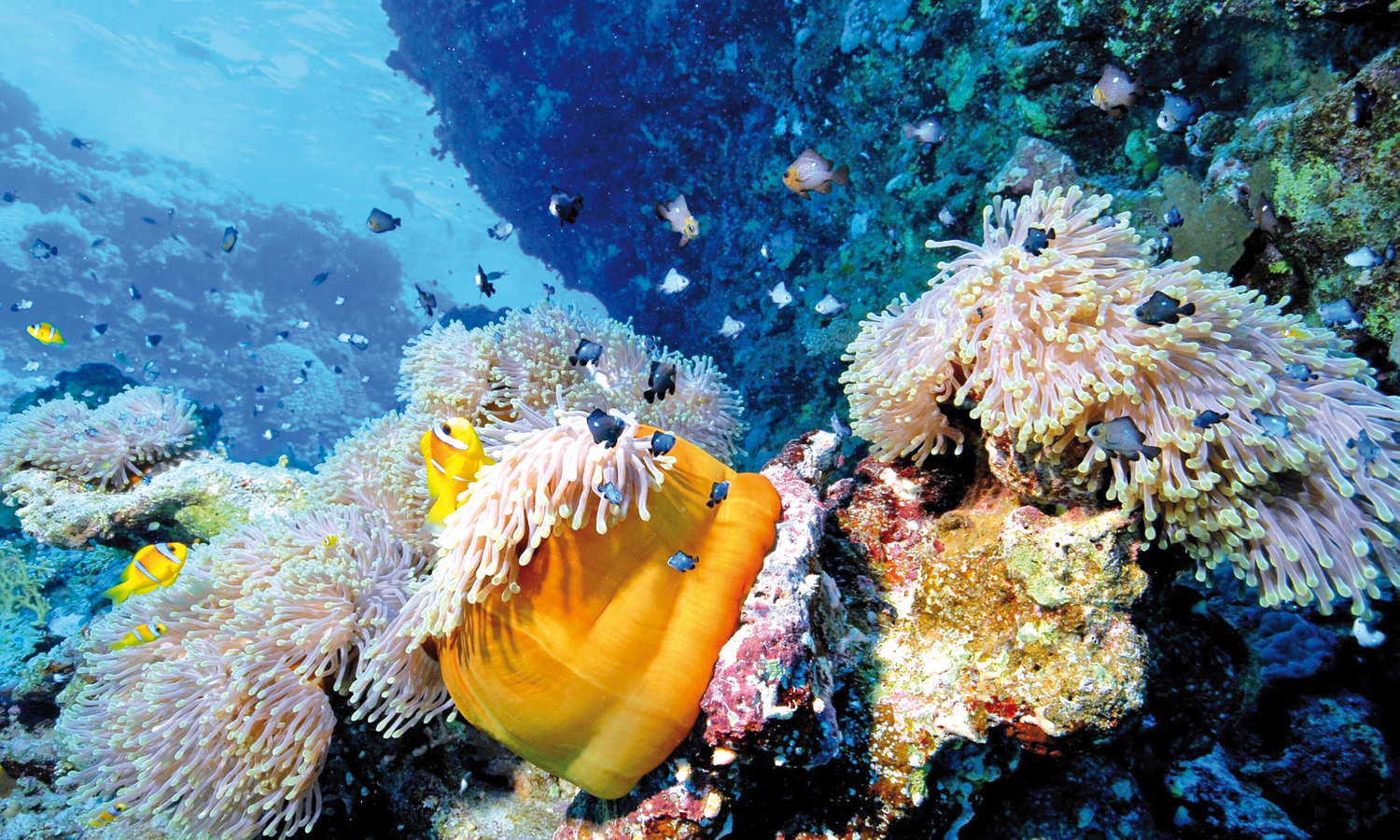

Like in many other regions of the world, coral reefs in the Arabian Peninsula have been subject to an increasing intensity of disturbances in the recent years.
According to a leading environment expert, a rise in the temperature of the water has had a negative effect on the ecosystem in the region including Arabian Gulf and Sea of Oman.
“As a result, 90 per cent of coral reefs in this region have been bleached and are dying”, Davood Mirshekar, deputy chief of the Department of Environment for marine ecosystems in Iran was quoted by Tehran Times as saying. The forests of the Arabian Gulf-Oman Sea ecological region include part of the southwest and all southern coasts, covering 2,039,963 hectares.
“Due to ecological differences, the main vegetation is divided into two territories of the Arabian Gulf and the Sea of Oman”, he said.
In the Arabian Gulf area, which extends from Qasr-e Shirin to the border of Bushehr and Hormozgan provinces, the plant species of Christ’s thorn jujube, Prosopis farcta, and desert poplar grow.
While in the Sea of Oman area, which includes a part of Hormozgan province to Sistan-Baluchistan (border of Iran and Pakistan), Mesquites and acacia species are the main vegetation covers. Gum Arabic tree, used in boat production, are scattered in this area.
Mangrove forests, which consist of two species of grey mangroves and loop-root mangroves, are also spread in this area. The mangrove forest habitat is located between the tides of the seas.
Monitoring coral reefs in the Arabian Gulf and the Sea of Oman is one of the prioritised plans of the Department of Environment, he noted. He referred to irregulated scuba diving and tourism as the main factors which have harmed the coral reefs.
Experts believe that urban and industrial effluents from desalination plants increase the salinity of the Arabian Gulf, in addition to climate change, which has destroyed coral reefs as seawater gets warmer, while the habitat and breeding ground of three-quarters of marine species is among the coral reefs.
In the last 30 years, the Arabian Gulf has lost its ability to rebuild due to unsustainable exploitation.
imminent threat
In another study, a team of international researchers said that coral reef habitat in the Sea of Oman is in an imminent threat as the fishes are adapting to extreme environmental conditions.
“Extreme environmental conditions, as predicted for the end of the 21st century, could, therefore, disrupt the community structure and productivity of coral reefs in the Arabian Gulf and beyond”, points out the study published in the journal Nature Communications.
As global warming continues to escalate, there are lasting implications to consider, including the changes to biological communities in vital habitats such as coral reefs.
The researchers used a variety of techniques to compare organismal traits, diversity and productivity of cryptobenthic reef fish in the environmentally extreme Arabian Gulf with those in the Sea of Oman.
Cryptobenthic reef fishes are the smallest of all reef fishes, but they include a vast number of species that are often highly abundant on coral reefs and in some temperate regions.
The Arabian Gulf is the world’s hottest sea each summer with temperatures well beyond those experienced by fishes elsewhere in the tropics, while the adjacent Sea of Oman is considerably more benign.
Oman Observer is now on the WhatsApp channel. Click here



